 If four quantities are in proportion, they are in proportion by composition; that is, the sum of the first two terms is to the second term as the sum of the last two terms is to the fourth term. If four quantities are in proportion, they are in proportion by composition; that is, the sum of the first two terms is to the second term as the sum of the last two terms is to the fourth term.  Solid Geometry - Page 254by John H. Williams, Kenneth P. Williams - 1916 - 162 pagesFull view Solid Geometry - Page 254by John H. Williams, Kenneth P. Williams - 1916 - 162 pagesFull view - About this book
 | Trinity College (Hartford, Conn.) - 1870 - 1008 pages
...the ratio of 4 to 3; and if 8 be subtracted from each they will be in the ratio of 0 to 4. Prove that if four quantities are in proportion, they are in proportion by composition. 8. Find three numbers in geometrical progression such that their sum shall be 42, and the sum of the... | |
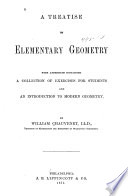 | William Chauvenet - Geometry - 1871 - 380 pages
...antecedent into parts. The quotient of [2] divided by [3] is A + B A — B A' + B' A' — B''' that is, if four quantities are in proportion, they are in proportion by composition and division. 11. Definition. A continued proportion is a series of equal ratios, as A : B = A' : B'... | |
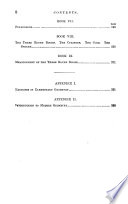 | William Chauvenet - Mathematics - 1872 - 382 pages
...dividing this by [1], A + B A' + B' A ~ A' ' [2] results which are briefly expressed by the theorem, if four quantities are in proportion, they are in proportion by composition ; the term composition being employed to express the addition of antecedent and consequent in each... | |
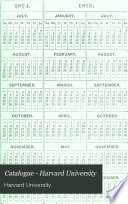 | Harvard University - 1874 - 668 pages
...If two parallel lines are cut by a third straight line, the alternate interior angles are equal. 8. If four quantities are in proportion, they are in proportion by composition and division. 4. An inscribed angle is measured by one-half its intercepted arc. 5. A parallel to the... | |
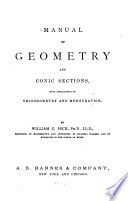 | William Guy Peck - Conic sections - 1876 - 412 pages
...alternation, a : b : : c : d, and a : b :: e : f, and consequently, c : d : : e : f. PROPOSITION V. THEOREM. If four quantities are in proportion, they are in proportion by composition. Assume the proportion, a : b : : c : d, whence - = - ; . . . (1) adding each member of the preceding... | |
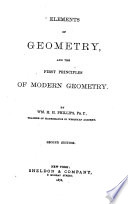 | William Henry Harrison Phillips - Geometry - 1878 - 236 pages
...dividing this by the given equation, we have, ^JT- = - ~tD, or, A + B : A = C + D : C. .A. \_> Hence, if four quantities are in proportion, they are in proportion by composition. 9. Subtracting unity from both members of — = T~, we obtain, in like manner, AB CD BD , or, A —... | |
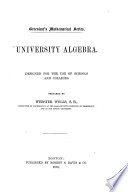 | Webster Wells - Algebra - 1879 - 468 pages
...: d then, ad = b с Whence, b : a = d : c. 347. If four quantities are in proportion, they will be in proportion by COMPOSITION ; that is, the sum of the first two terms will be to the first term, as the sum of the last two terms is to the third term. Thus, if a : b =... | |
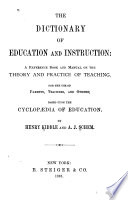 | Henry Kiddle, Alexander Jacob Schem - Education - 1881 - 378 pages
...vitiate the proportion, is not brought to light at all. For example, suppose we are to prove that, If four quantities are in proportion, they are in proportion by composition, ie, if a : b : : a : d, then a : a-\-b : : a : c-{-d. The common method is to pass from the given proportion... | |
 | Franklin Ibach - Geometry - 1882 - 208 pages
...d : c. Take the form — = — • о а Divide 1 by each member. Then 1-1, а с THEOREM VII. 162. If four quantities are in proportion, they are in proportion by composition. Let a : b :: с : d. To prove that a .\- b : b : : с -fd : d. Take the form .7- = -=-• о а To... | |
 | Webster Wells - Algebra - 1885 - 382 pages
...the third. Let a : b = с : d. Then, ad = be. Whence, b : a = d : c. 299. In any proportion the terms are in proportion by Composition ; that is, the sum of the first two terms is to the first term, as the sum of the last two terms is to the third ter.n. Let a : & = с : d. Then, ad =... | |
| |